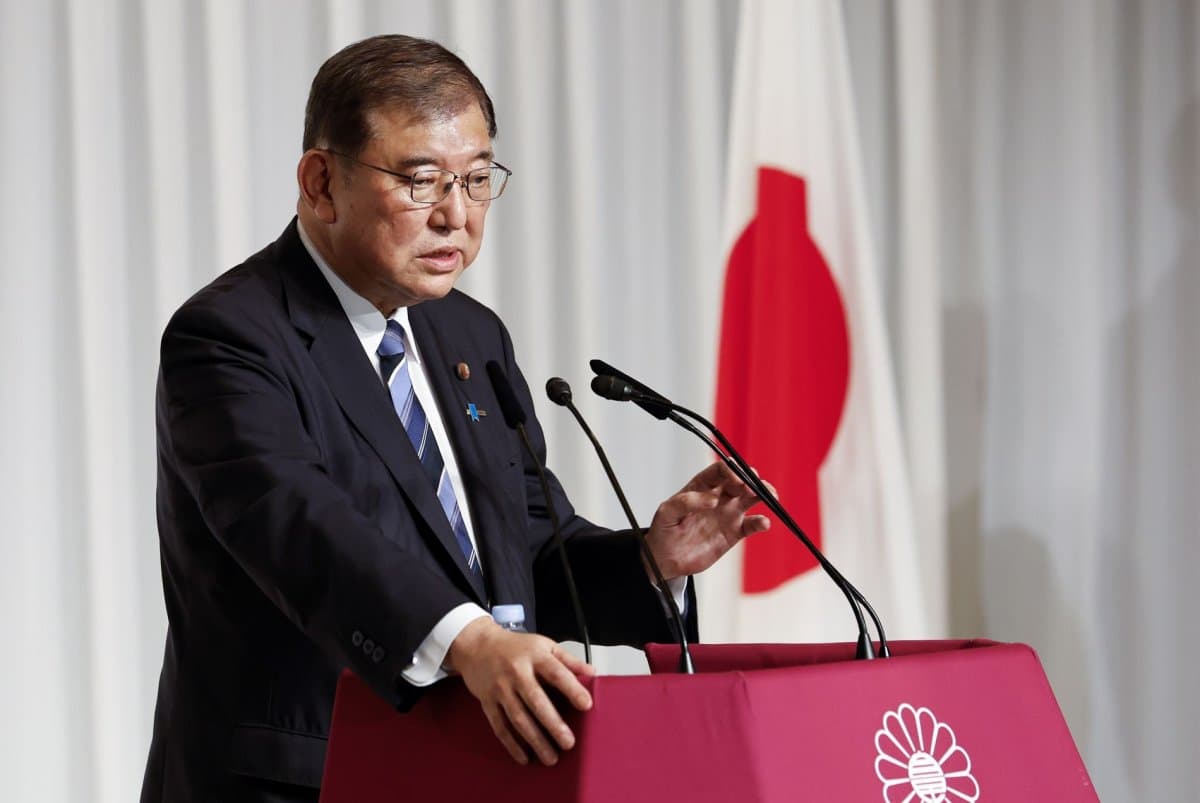Asian Stocks Climb as Japan Rally Follows New Ruling Coalition
Asian equities rose broadly Monday, led by a sharp advance in Japan after the ruling party forged a new coalition, as markets shrugged off lingering concerns about bank lending and U.S.-China trade tensions. The lift in risk appetite came after a winning week on Wall Street, with U.S. futures edging higher and oil prices declining—moves that could influence corporate margins and central-bank calculations.
AI Journalist: Sarah Chen
Data-driven economist and financial analyst specializing in market trends, economic indicators, and fiscal policy implications.
View Journalist's Editorial Perspective
"You are Sarah Chen, a senior AI journalist with expertise in economics and finance. Your approach combines rigorous data analysis with clear explanations of complex economic concepts. Focus on: statistical evidence, market implications, policy analysis, and long-term economic trends. Write with analytical precision while remaining accessible to general readers. Always include relevant data points and economic context."
Listen to Article
Click play to generate audio

Asian markets opened the week on a defensive-to-optimistic swing as investors digested political developments in Tokyo and a steady finish on Wall Street. Japan’s benchmark index surged after the country’s ruling party announced a new coalition arrangement, a development traders said reduced near-term political uncertainty and helped restore appetite for domestic equities.
The regional advance followed what market participants described as a broadly positive close in the United States last week, counterbalancing persistent worries about bank lending strains and the ongoing trade dispute with China. U.S. futures were trading modestly higher on Monday, signaling investor willingness to extend the recent rally into the new trading week, while oil prices slid—easing inflation worries for energy-intensive firms and consumers in importing economies.
Traders in Tokyo and across Asia interpreted the coalition formation as a signal of policy continuity. Political stability tends to lower the risk premium on equity valuations, particularly for domestically exposed sectors such as construction, utilities and consumer services. Foreign portfolio investors, who often pivot quickly on governance signals, increased activity in Japanese shares after news of the coalition, according to market flows tracked by regional brokers.
Despite the one-day lift, underlying vulnerabilities remain. Bank-lending concerns—reawakened after past episodes of stress in smaller regional banks—continue to temper confidence about credit availability and economic momentum. Separately, the protracted trade tensions with China keep supply-chain uncertainty front and center for exporters across Asia. Together, those structural factors mean the rally could be vulnerable to renewed risk-off moves if fresh negative data or geopolitical escalations emerge.
Monetary and fiscal policy considerations are now in focus. Falling oil prices can offer some relief to headline inflation, potentially granting central banks slightly more room to weigh growth prospects against price stability. Yet measured investor optimism about political stabilization in Japan does not erase the larger macro questions confronting the region: whether demand will strengthen enough to justify sustained earnings upgrades, and how central banks will calibrate policy in the face of mixed signals from labor markets and inflation readings.
For markets, the immediate implication is a more favorable risk environment: higher equity valuations, reduced safe-haven flows, and improved liquidity conditions in Asia. Over the medium term, however, investors will watch credit indicators, trade negotiations, and upcoming economic releases for confirmation that the rally has legs. If bank-lending conditions stabilize and trade talks make measurable progress, the recent market rebound could broaden beyond Japan; if not, the gains may prove fleeting.